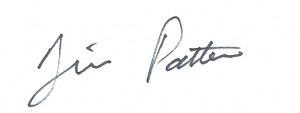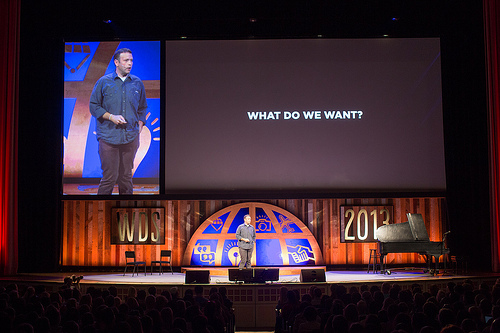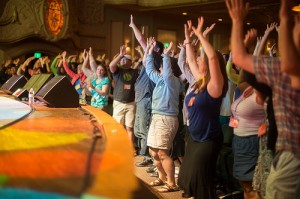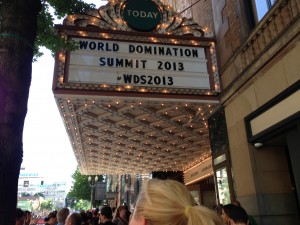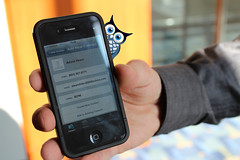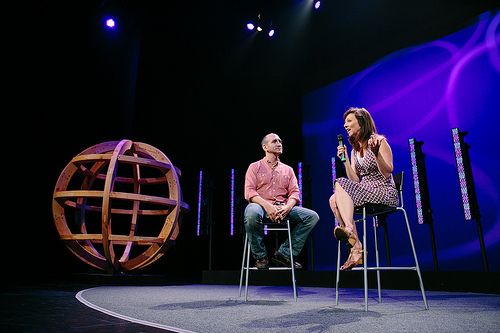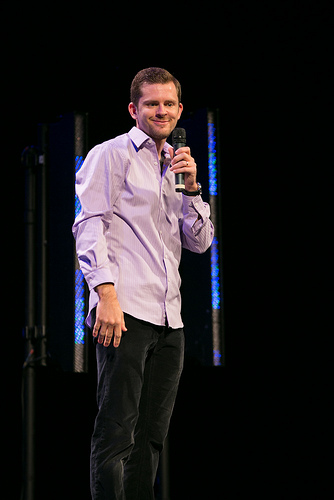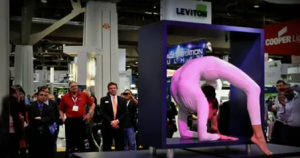Tradeshow Marketing Analysis: Where to Start
Where to start with your tradeshow marketing analysis? Let’s try at the beginning!
Okay, dumb answer to obvious question. Or….perhaps not.
The beginning can be a moving target. As a young writer I never knew where to start a piece of fiction or article or project. Then someone said ‘start anywhere, begin now’ – and with that I realize that it doesn’t matter where you start, as long as you DO start.
But for the sake of argument – and for the sake of having some cohesive structure to this article and the next few, we do need to start somewhere.
And that somewhere would be on determining your specific tradeshow marketing OBJECTIVES.
If you’re already going to shows, you should spend time discussing them and confirm that they’re still worth going to. A large client of ours abruptly pulled out of a large tradeshow after doing the math and realizing that the show was not helping their business. Instead, their main business had shifted online and it made more sense to move the tradeshow dollars towards the online area which paid more dividends.
Another client stopped going to a major show for a few years while reassessing their tradeshow marketing objectives. They’re back now, but only with a renewed commitment and specific reason or being there.
If you have not been to a specific show, you should plan to attend without exhibiting to get a feel for it. Talk to exhibitors, get feedback on their experience. Ask a lot of questions. Watch visitors and see how they interact. Research your competition and see what their booth(s) look like. Imagine how your booth would fit in side-by-side with those exhibitors.

As for what your objectives might be, how do you determine them? After all, every show is different – at least a bit. Some are drastically different: different audience, different competition at each show, different orientation (location of your booth, promotion by the organizers) and other ways that shows differ.
Some common objectives might include:
- Building your Brand
- Entering a new market
- Bringing home qualified leads
- Sales, pure and simple
- Recruiting partners
- Networking with current clientele
- Supporting vendors
- Sign contracts
- Develop RFP’s
- Collecting new prospects to start drip marketing
- Public Relations
- Recruit new employees
To gauge the success of meeting those tradeshow objectives, some metrics you might measure include:
- Number of demos given
- Number of press mentions
- Number of visitors to booth
- Number of new leads
- Number of applications for positions
- Number of RFPs
How might you measure those metrics? Some would be manually counted by staff, some would be counted by scanning badges at the booth.
Here are some questions to help you determine your objectives:
- What are your main show goals and objectives?
- What is your secondary objective?
- Who in your company defines your goals and objectives?
- How well do you meet those goals with your tradeshow marketing?
- Understanding that each trade show has a different target market and a different mix of attendees, how do your goals and objectives change from show to show?
- What is your target audience?
- Does this show meet that target?
- What companies are your main competitors at the show?
- How do they stack up against you in terms of Booth size and scope, presence, staffing, pre-show marketing and visibility
There are no right or wrong objectives – only objectives that fit the needs of your organization. Once you determine those objectives, determine as well the metrics you’ll use to measure the success of meeting your objectives. And don’t try to do too much at a show. If you try to meet a half dozen marketing goals at a single show, your message and execution will be ill-defined. Focus on one or two main objectives and figure out how to best measure them.
Want a free digital copy of my “Tradeshow Success” book? Click here.



